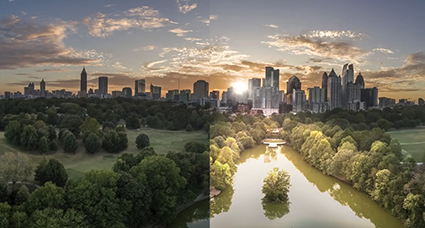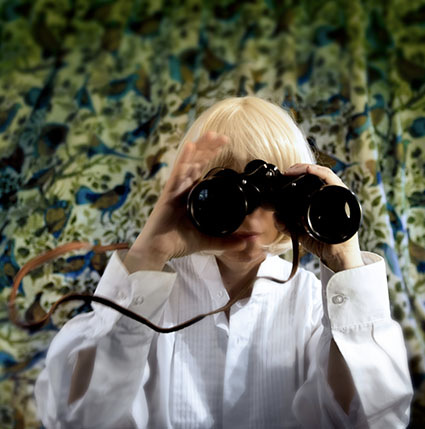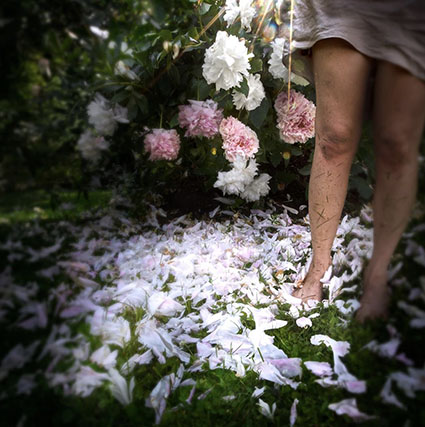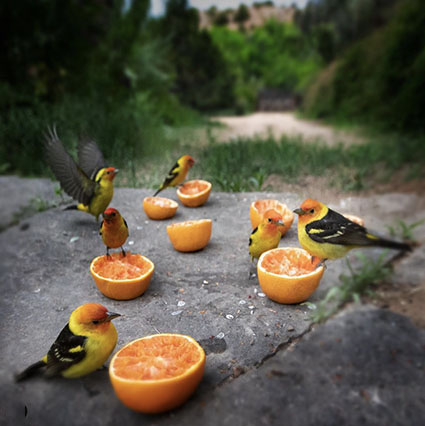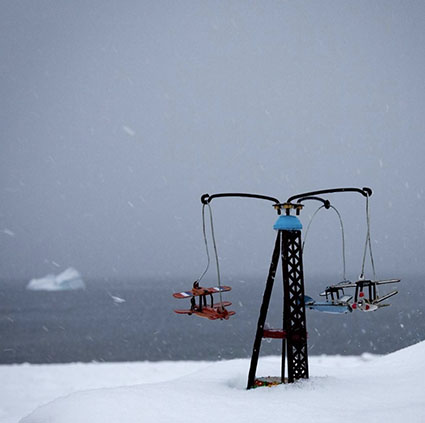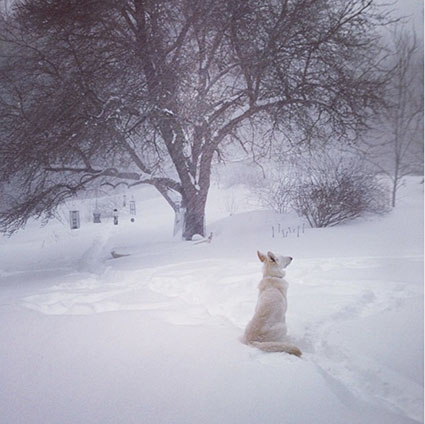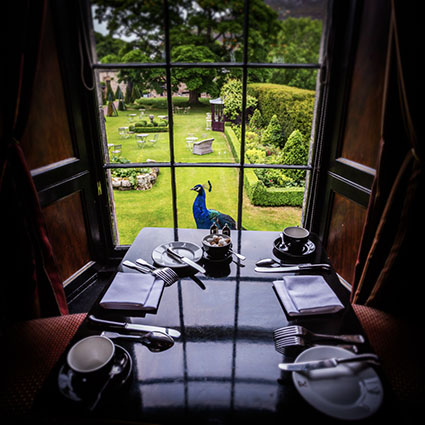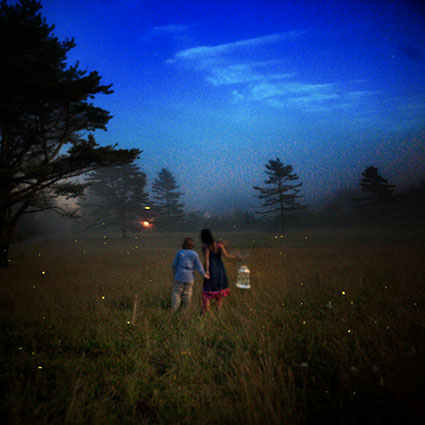
My wife and business partner Arduina’s enthusiasm is intoxicating.
So I asked her to share a little of it with you.
Here are her 9 Ways To Bring More Joy To Your Photography.
1. PLAY!
Give yourself the gift of playtime. Try new things without judgement. Make a portrait of your neighbor, or your neighbors peacocks. Make a self portrait holding your most prized possession. Arrange a still life from your junk drawer. Try abstraction. Go underwater or book yourself a hot air ballon and try areal photography. Ask a friend to drive you around. My husband will sweetly slow the car down to help me make an image of a fox in a field or a goat on the roof of a shed. Try motion blur, long exposers or double exposures. Shoot with different lenses and cameras; try a 400mm lens with a doubler or a macro; play with plastic lenses or a Holga; or use a scanner as your camera. In order to get the most joy from playtime all you have to do you have to make time for play. I think of it as a healthy form of self care – if you can spend an hour on a treadmill you can spare a few minutes to photograph your favorite tree.

2. Experience A Different Time Of Day
Be amazed by magic light! Drag your sleepy head out of bed and watch as the dawn moves across your windows or play in the dappled light under a canopy of trees at mid day.
3. See What Your Eyes Can’t
Get yourself a tripod and shoot after dark. You could even use an intervalometer to make a time-lapse of yourself while you sleep and you may solve the mystery of who has been stealing the covers.
4. Explore
Wander about and catch yourself in a smile. Notice what you notice and make a record of what resonates. Photographer Keith Carter says, “Time spent in reconnoissance is never time wasted.” Time enjoyed is never wasted, whether you make a picture right then or return later with a wagon full of birdcages and clocks.
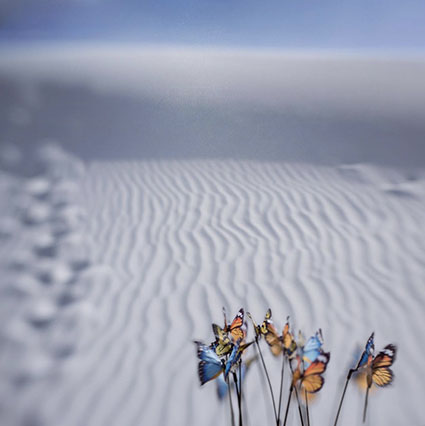
5. Be Inspired By Your Favorite Song Writer Or Poet
Pay homage to the song that got you through a bad break up or spend some time with Mary Oliver as she tirelessly guides you through the natural world.
6. Put Yourself In Someone Else’s Shoes
Try on a different point of view. Find happiness in shooting a scene while lying on your belly or standing on your tippy toes with your arms stretched up overhead. Any advice involving shoes makes me happy …
7. Lighten Up
Ditch your inner critic. Just because Edward Weston made an Iconic picture of a bell pepper doesn’t mean that you can never photograph a pepper. Just make pictures. In fact the one most people think of is entitled “Pepper No. 30” but he must have had an amazing time playing with creepy pepper #14.
8. Learn To Composite
So what if that cloud was in San Francisco and that ocean is in Maine ? Perhaps they would like to meet in a photograph?
9. Make A Print
Hold the joy you have experienced in your hands! Put it on your wall. Glue it in a book. Or mail it to your mother-in-law to thank her for loving you. I make my prints on an Epson printer – and I am deeply in love with that part of my process – but a print in any form (Cibachrome, cyanotype, or collodion) anything with three-dimensions is joyful to me!
View Ardie’s photographs on Instagram.
Visit Ardie’s website.
Inquire about one-on-one online training here.



